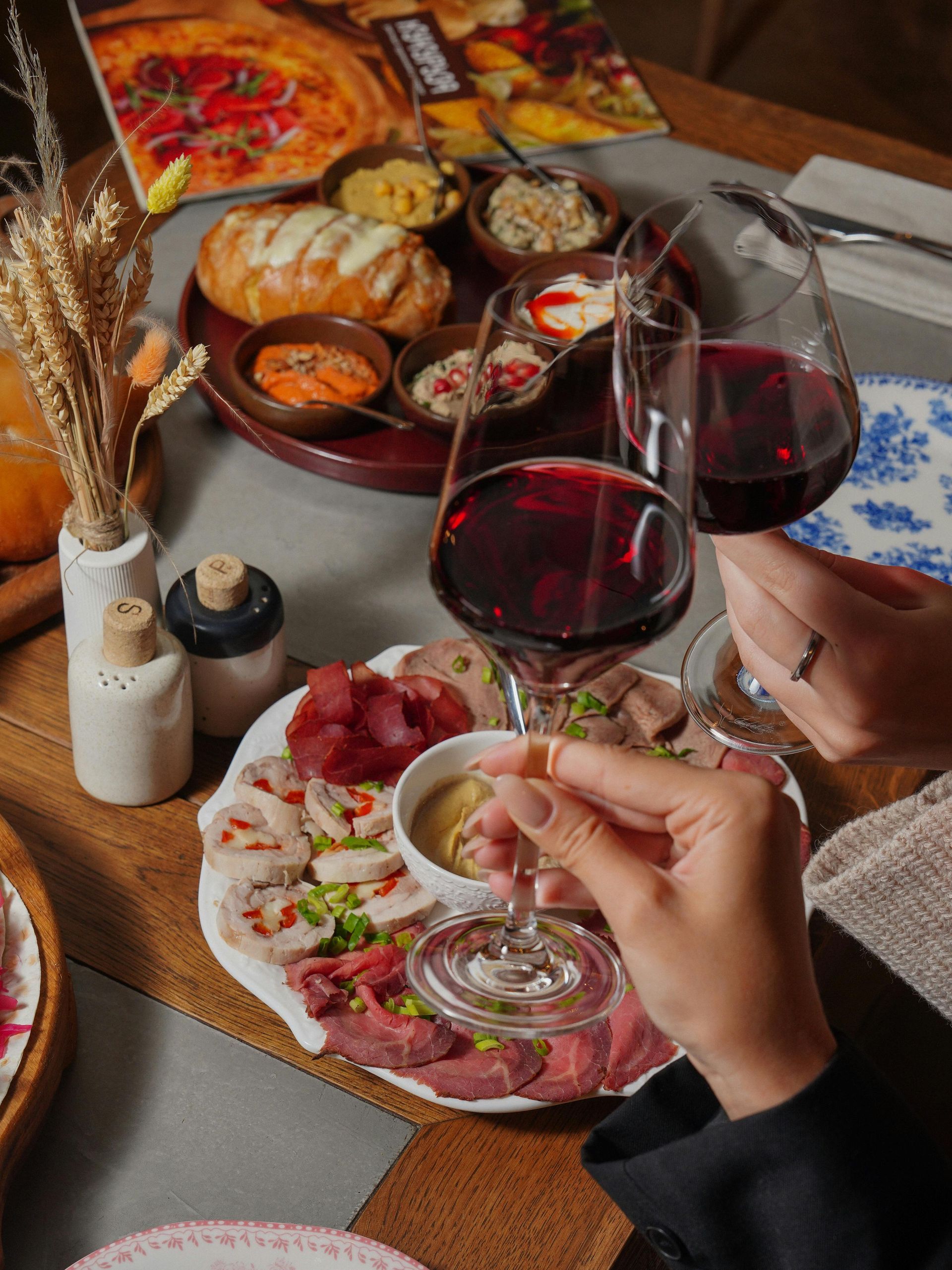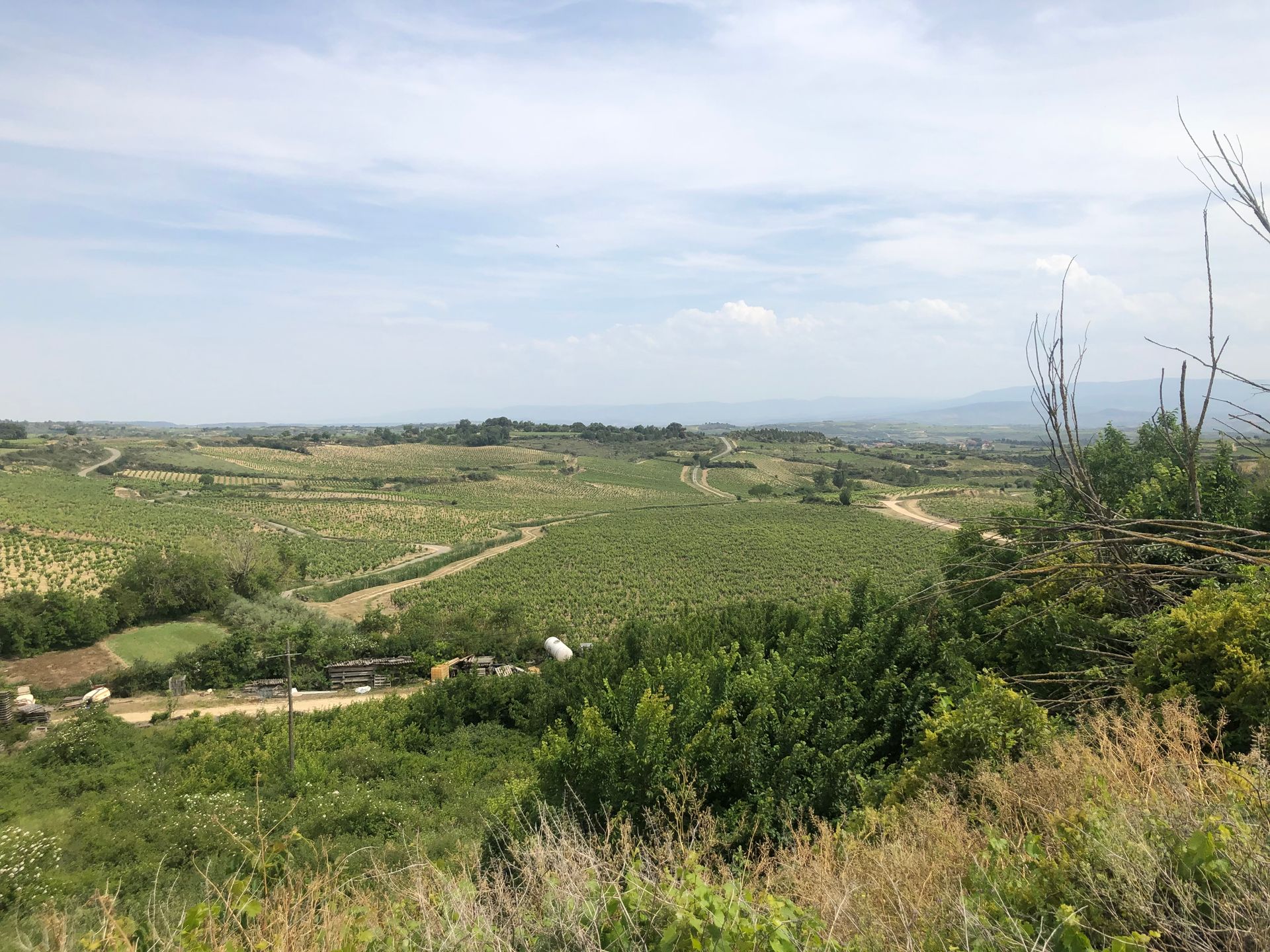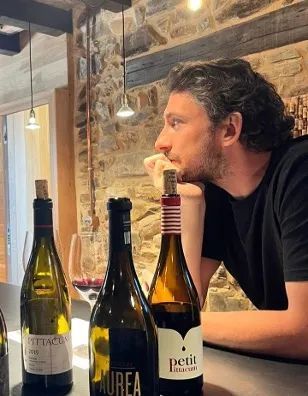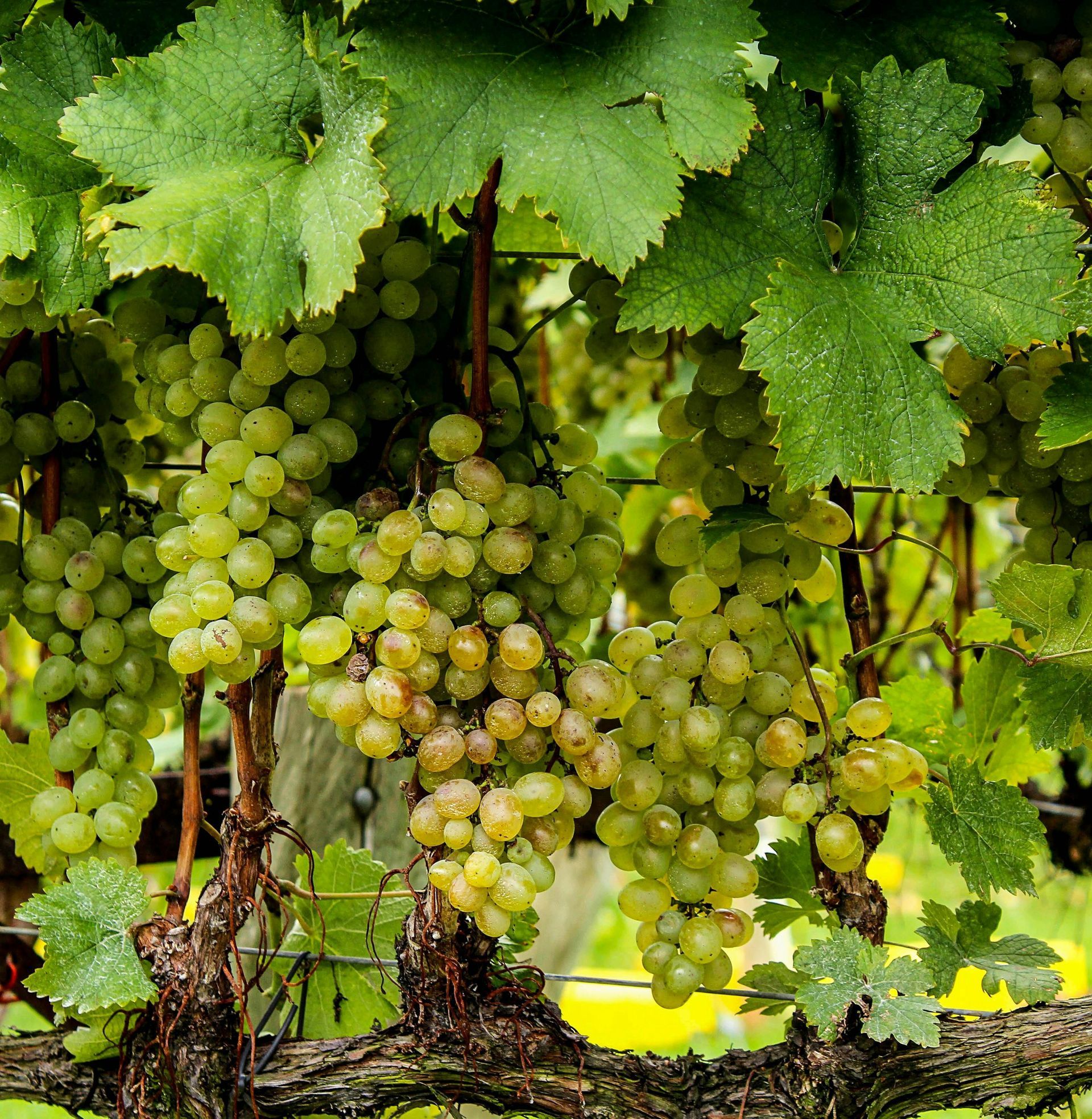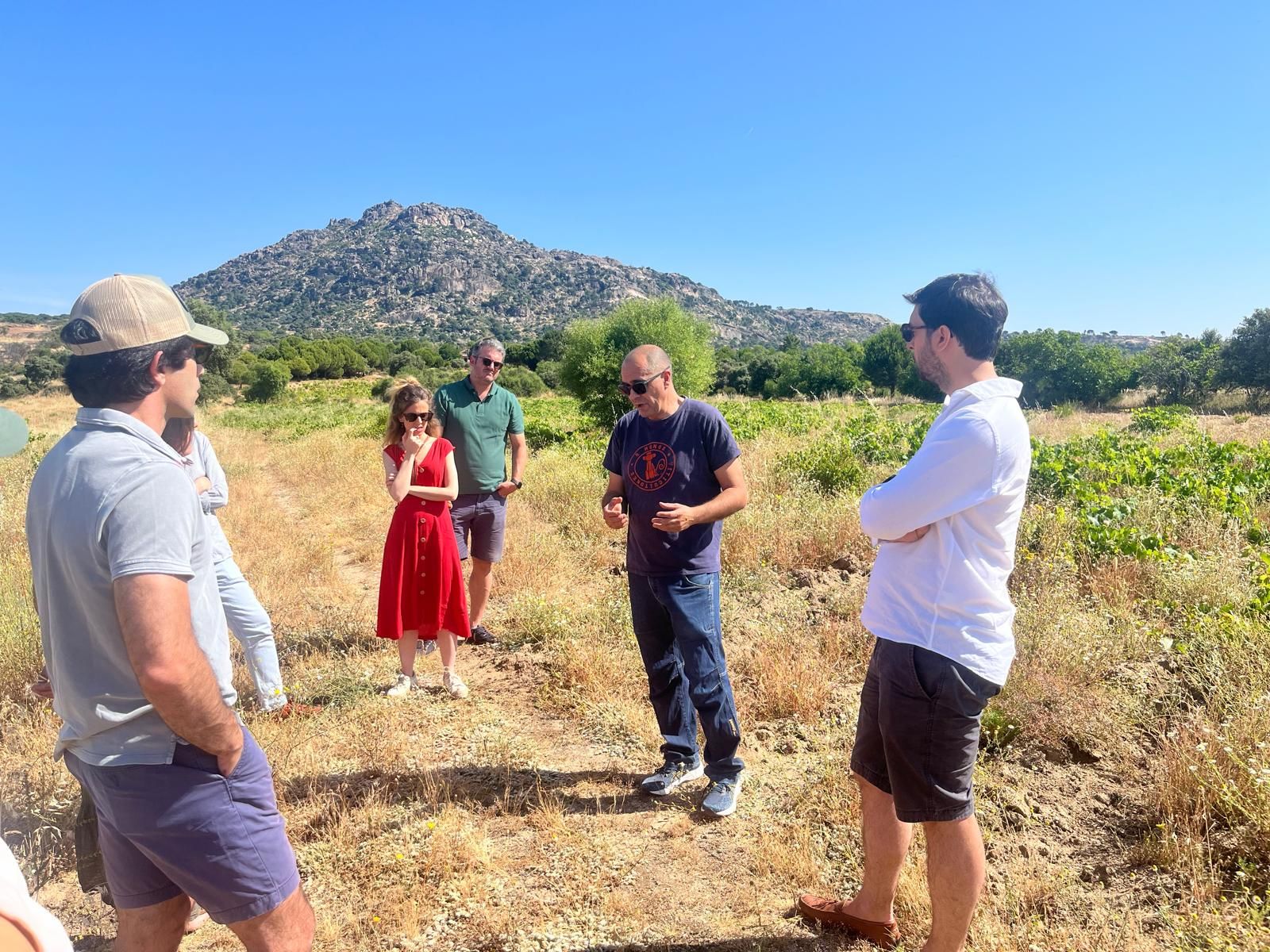In 1988, on a slope outside Murillo de Río Leza in Rioja, something strange appeared among the vines.
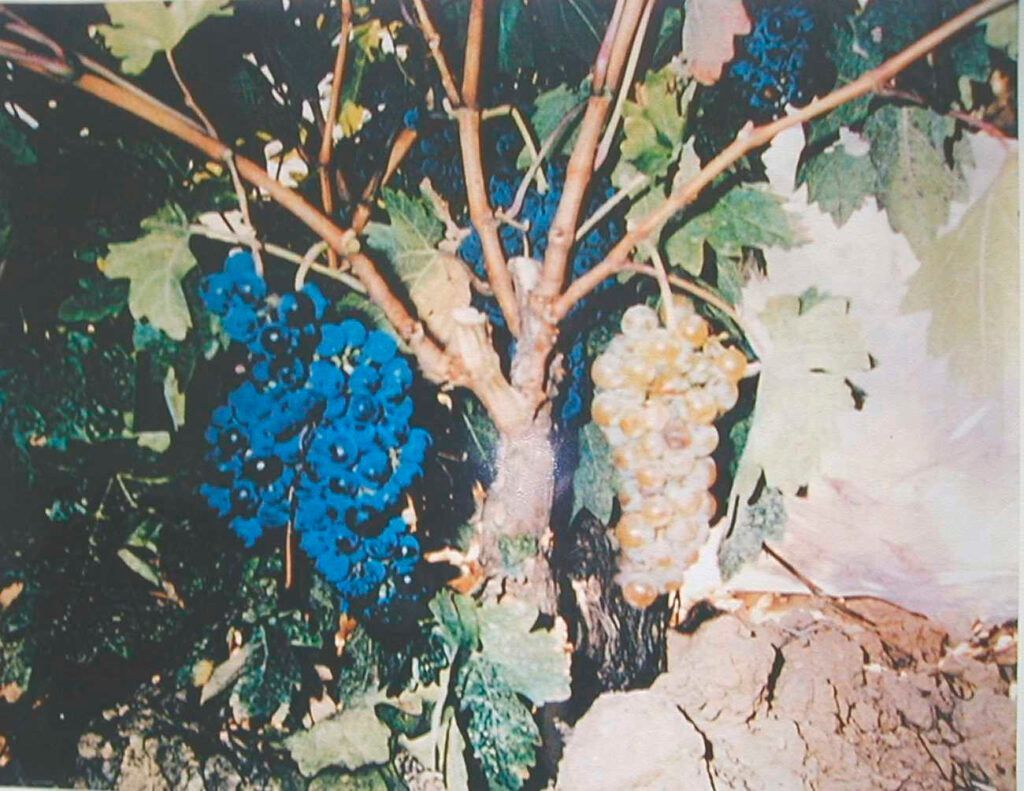
A single Tempranillo plant - Spain’s proud red - had taken a left turn. Its fruit, instead of the deep, familiar hue, came in pale gold. No one had asked for it. It just happened.
This was no lab coat creation, no Petri dish darling. Just pure, raw, sun-baked evolution. A genetic somersault, called a somatic mutation, if you wanna get real. The DNA flipped its own switch. Anthocyanins - those pigments that paint the red grapes like a Goya oil - switched off. No more red. Just a golden, pale-skinned grape glowing under the Rioja sun like a secret whispered on the wind.
The vine was studied, scratched at, poked, and prodded, and twenty years later, the Rioja DOCa finally said: let it live.
Since 2007, it’s been legal to bottle the stuff, and since then, it’s been creeping across the Rioja region like a sunrise.
Today, there are just over 80 hectares of it planted, mostly in Rioja Alta and Rioja Oriental, where altitude brings freshness and the soils are lean enough to make the vines work for their reward. It’s still rare. Still finding its footing. But it’s already turning heads.
In the glass, it’s full of tension and clarity. Citrus peel, ripe pear, a thread of white flowers and green almond. Sometimes with a hint of fennel. Always a fresh pulse of acidity.
Stainless steel preserves its cut. Lees ageing brings texture. A little oak, if used well, can shape it into something broader without dulling the spark. It’s a wine with presence. A wine that's structured, vivid, and surprisingly serious for something so young in the grand scheme of things.
And behind it all is the story of a red grape that decided to do something different. That chose, without permission, to change course. It’s not dramatic. It didn’t shout. It just quietly evolved into something new, and the wine world is still catching up.
Tempranillo Blanco is more than a footnote in Rioja’s history. It’s a reminder that the most compelling wines often come from detours, from chance, from vines that break the rules without asking.

